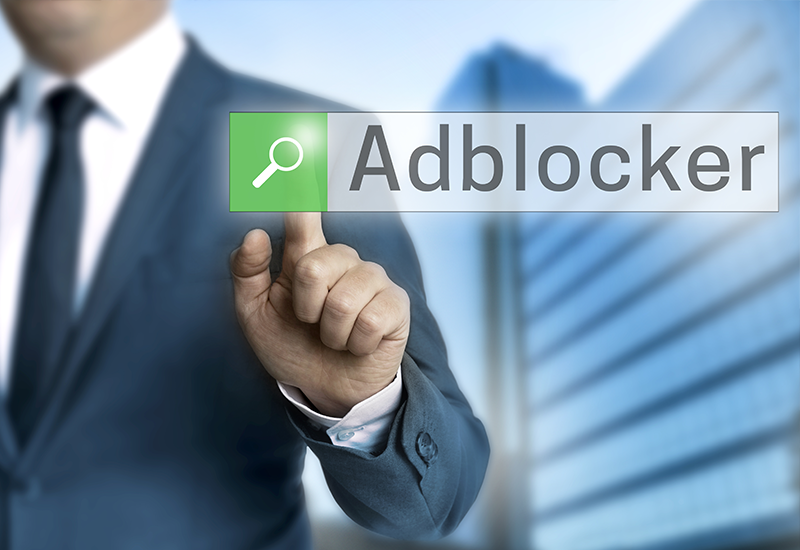Content marketers and publishers must have been aware of the ad blocker feature Google had announced back in June 2017. In that announcement, Google had made clear that ads that don’t conform to the Better Ads Standards as mentioned by the Coalition for Better Ads, will be blocked by the browser from 2018. True to its word, Google has made this feature live from 15th Feb 2018 onwards.
Specification of the blocker
Annoying ads that make for poor browsing experience will be hit the hardest by this move. Videos with loud volumes, flashing ads, prestitial ads with a countdown, or ads that do not clearly show the exit/close button, are counted as particularly annoying by the coalition and will be the first to be impacted by the ad blocker implemented into the Chrome browser.
How can publishers track this?
Google Search Console has an Ad Experience Report available to track ad performance. In this, publishers see a ‘warning’ or ‘failing’ assessment from Google, based on these threshold values –
- 7.5 percent of page views in the first 2 months of the program.
- 5 percent in the next four months.
- 2.5 percent thereafter.
These define poor experiences that do not match the better ad standards.
How it works on the user end?
The Chrome browser’s ad filter will check if the page is a part of the site that is marked as ‘failing’ or no. If this is a ‘failing’ site page and has a URL pattern that matches a known list of such ad-related patterns, then the browser will prevent the loading of the ad on that page.
When this happens, the user gets a message where he/she can select whether to keep the ad blocked or go ahead to view it. This message is placed on the address bar (for desktop) or the bottom of the screen (for Android mobiles).
How will this move be received?
From a user point of view, this move is definitely getting a big thumbs-up. Users were increasingly getting annoyed with pushy ads being served on web pages. It is no wonder that the adoption of ad blockers had increased to 28% for desktop internet users and 11.8% for smartphone users. Most of the ad experiences are terrible, and this ad blocker will seek to reverse some of the negative sentiments around the digital ad based ecosystem.
For a genuine publisher too, this move will be good news. Instead of a blanket ban on all ads served, the move seeks to penalise only those ads that are truly annoying. This way, genuine ad publishers do not get hurt because of the actions of a few dishonest advertisers.
But it is equally true that Google sells ads and will now play a gatekeeper’s role. There will be a question of “who will guard the guardian” when it comes to the ad formats and ad content owned by Google.
Google has stated that the step will work towards one goal – i.e. to a world where ad blocking itself will no longer be needed. And this will happen only when all ads work seamlessly without annoying the site users. Whether this goal actually materialises, only time will tell.



